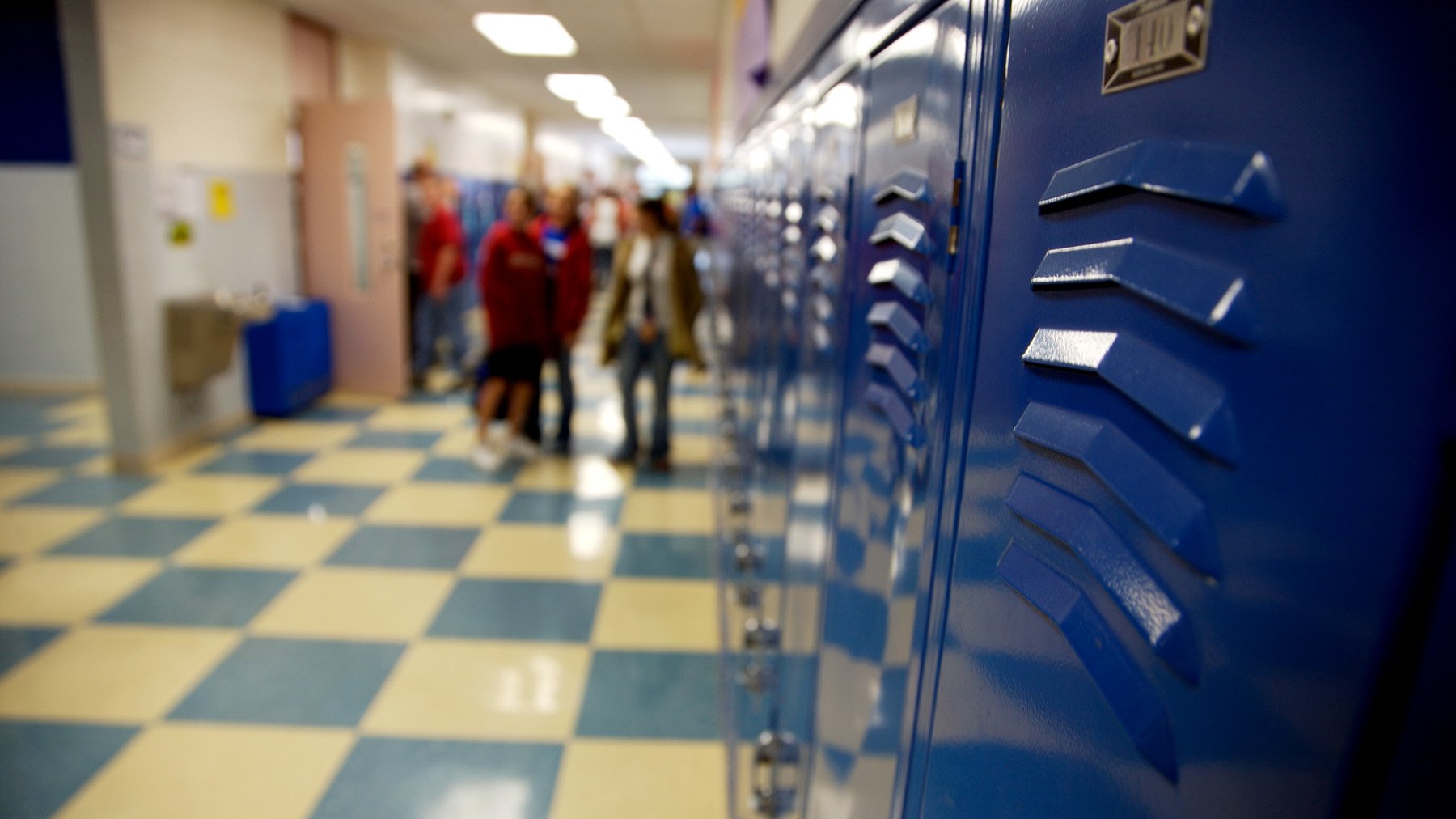On top of classes, homework, and all the normal rigors of school life, thousands of Chicago Public Schools students face an even bigger hurdle each year: housing insecurity.
According to district data, the number of students in temporary living situations (STLS) has remained relatively flat at around 17,700 kids across both the 2022-23 and 2023-24 school years. But those totals are up 64 percent when compared to 2021-22, when there were 10,836 STLS students identified.
Alyssa Phillips, an education attorney with the Chicago Coalition for the Homeless, a nonprofit advocacy group, believes that jump likely isn’t the result of a massive influx in unhoused students, but was instead caused by the COVID-19 pandemic and remote learning.
“When students weren’t in school, there were a lot of students who were not being identified,” she said. “And then even when schools started to come back, you know, there was a lot of new staff, a lot of new families, so families who should have been enrolled weren’t.”
Those recent STLS figures fall more in line with the years immediately preceding the COVID-19 pandemic – there were 16,451 and 17,894 STLS students identified throughout Chicago Public Schools (CPS) during the 2018-19 and 2019-20 school years, respectively – than during the pandemic era.

Phillips said the ongoing migrant crisis that’s seen tens of thousands of people bused from Texas to Chicago has likely also played a role in the school district’s increased STLS figures.
But even so, Phillips believes the CPS numbers don’t typically present a full picture.
“We always think that the numbers that are reported by CPS or the Illinois Board of Education are an underrepresentation, an undercount, because there are a lot of families that go under the radar for a lot of reasons,” she said. “There still is a stigma around even the word ‘homelessness’ so someone who is living doubled up … they might not identify with that word.”
Often those people don’t consider themselves homeless and don’t reach out to CPS or advocacy agencies for help. Phillips said some parents may fear that doing so could lead to a school calling the Department of Children and Family Services and possibly having their children taken away.
But she stressed that this is not what would happen.
“I think there’s still some fear about announcing it,” Phillips said, “and I think, too, there’s a general sense that families don’t want the school district to know their situation or their business, which is kind of a big part of why the liaison is supposed to ask questions in a sensitive and private manner.”
CPS manages an STLS Department, which helps connect students with necessary services and programs to aid them in their education.
Simone Moseley is the executive director of the district’s Office of Student Supports and Engagement, which oversees that department.
While CPS and other school districts have faced busing issues, STLS students are provided transportation either to their school of origin – where they were enrolled once they began experiencing homelessness, even if they no longer live within that school’s neighborhood boundaries – or a different school, if they decide to go somewhere closer to where they’re living.
Under a federal law known as the McKinney-Vento Act, students experiencing homelessness have the right to choose whether they remain at their school of origin or move instead into a school that serves their current living situation. That law also requires that transportation be provided when requested and that STLS students be granted immediate enrollment, even if they’re unable to produce transcripts, a birth certificate, or other records.
Moseley said the district also provides STLS students with personal items, such as coats, hygiene items, shoes, boots, and uniforms, and works to connect those families with other outside groups that can provide things the school district can’t, like medical services or housing.
“The idea is really to ensure students are able to continue to access their free, appropriate public education,” she said.
Unhoused students aren’t the only kids able to receive STLS services through CPS – any student who lacks a fixed, regular, and adequate nighttime residence is eligible.
According to the district, that includes: students who share housing with others; those living in shelters; those living in motels, hotels, trailer parks, or camping grounds due to a lack of alternative adequate housing; and kids who aren’t in the custody of a parent or a guardian.

“Homelessness could mean that you’re doubled up, living with another family, or sleeping on a couch and it’s temporary, but it can also mean literally that you are unhoused,” Moseley said. “And so, just general community awareness of what the term means and what sort of services are available for them is something that might contribute to the under-identification of students who are homeless.”
CPS tracks its STLS population primarily through a certification process at the beginning of each school year, where students and families experiencing homelessness are asked to report their status to their school’s STLS liaison.
Moseley said it’s “almost impossible” for the district to certify every single STLS student. Schools have an affirmative duty to ask questions and sensitively identify those who may not be telling CPS their housing status, according to Phillips.
For instance, if a student is struggling to provide a home address during enrollment, Phillips said that should prompt the school’s liaison to ask more questions and figure out if they qualify for the STLS program.
“Families can tell them, but the school also has a responsibility to be paying attention to the situations of students and ask some questions to get them connected to the supports they need,” she said.
As the migrant crisis continues, CPS expects it will continue to see increases in the number of STLS students. As of January 2024, more than 14,700 migrants, all of whom are in the country legally after requesting asylum, were living in 28 shelters across Chicago. City officials believe about 5,000 of these migrants are children.
Nearly 34,700 men, women, and children were bused to Chicago from Texas by January 2024.
According to Moseley, there’s been a “sharp increase” in the number of homeless students at some schools, and that’s led to a similar increase in the need for support. She said this hasn’t put a strain on district resources, but it has caused officials to “tighten up” as they plan to respond to a continued increase in the number of STLS students enrolling.
“This is a really unique situation – it’s unprecedented for our city – and we’re really responding and adjusting and I think most importantly, we’re using this opportunity to really improve our overall approach to resources for all STLS students,” Moseley said. “And our goal is really to learn from (these) circumstances and identify any unique needs that are presented here and then improve our overall infrastructure.”


